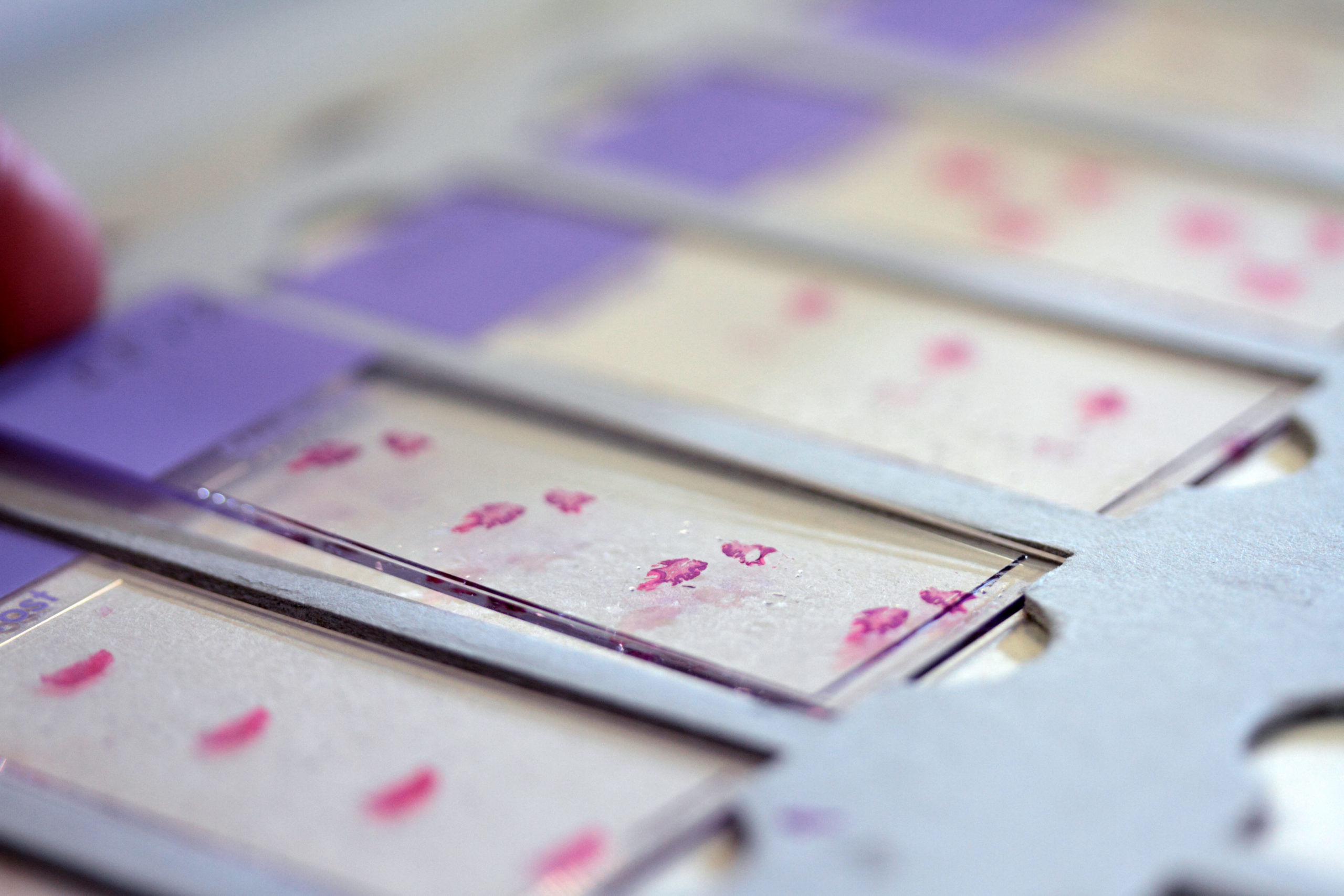
Extracellular traps formation following cervical spinal cord injury
DESCRIPTION
Abstract
Spinal cord injuries involve a primary injury that can lead to permanent loss of function and a secondary injury associated with pathologic and inflammatory processes.
Extracellular traps are extracellular structures expressed by immune cells that are primarily composed of chromatin, granular enzymes and histones. Extracellular traps are known to induce tissue damage when overexpressed and could be associated in the occurrence of secondary damage.
In the present study, we used flow cytometry to demonstrate that at 1 day following a C2 spinal cord lateral hemisection in male Swiss mice, resident microglia form vital microglia extracellular traps, and infiltrating neutrophils form vital neutrophil extracellular traps. We also used immunolabelling to show that microglia near the lesion area are most likely to form these microglia extracellular traps.
As expected, infiltrating neutrophils are located at the site of injury, though only some of them engage in post-injury extracellular trap formation. We also observed the formation of microglia and neutrophil extracellular traps in our sham animal models of durotomy, but formation was less frequent than following the C2 hemisection. Our results demonstrate for the first time that microglia form extracellular traps in the spinal cord following injury and durotomy. It remains however to determine the exact mechanisms and kinetics of neutrophil and microglia extracellular traps formation following spinal cord injury.
This information would allow to better mitigate this inflammatory process that may contribute to secondary injury and to effectively target extracellular traps to improve functional outcomes following spinal cord injury.